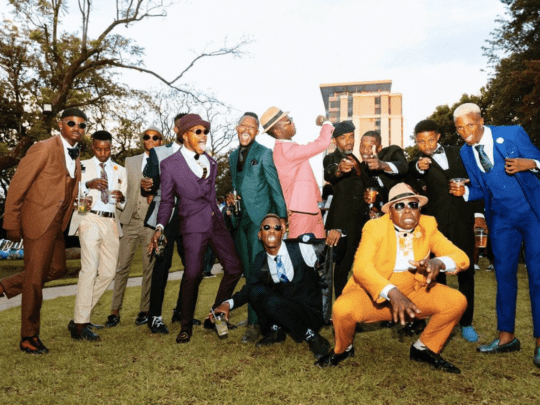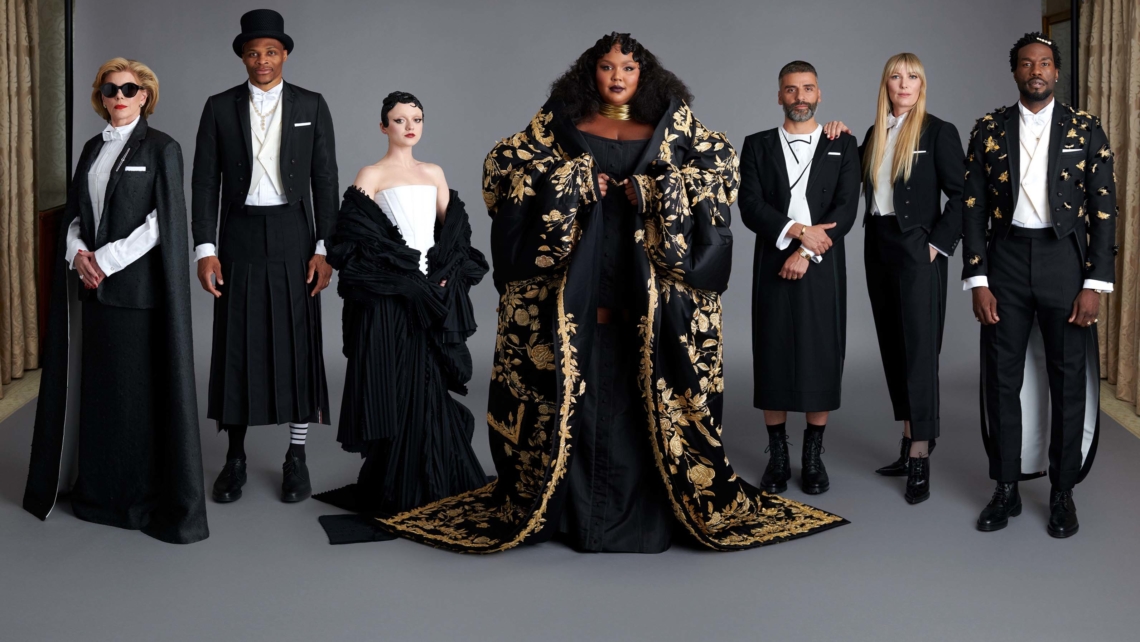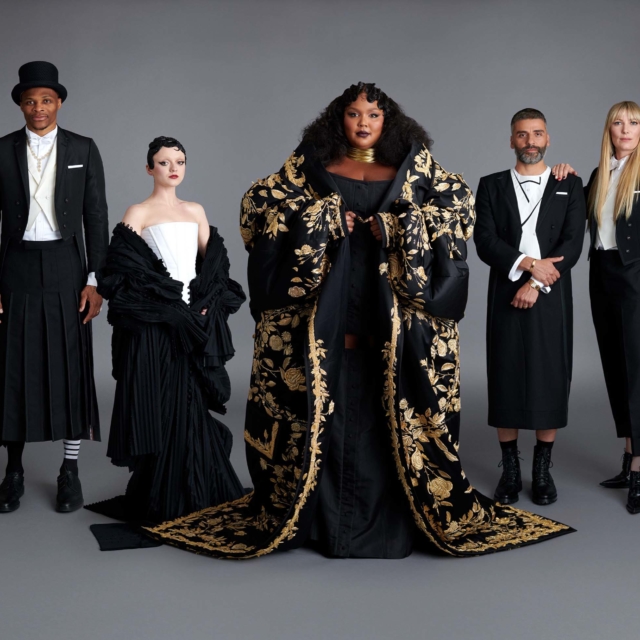Now the dust has settled, it’s worth reflecting more deeply on the Met Gala in early May. Where, oh where, were all the American designers? As an American fashion journalist, I found their absence deeply disappointing.
Compared to France, America came late to the global fashion scene, an historical fact that perhaps has complicated its status to this day. The Met Gala actually covered two events – the first held in September last year, the second this spring’s ball – to mark the Costume Institute In America fashion exhibitions. It appeared that the purpose of fashion’s answer to the Superbowl was to highlight the rich fashion history of the United States and celebrate a new emerging generation.
But instead of shining a light on the unsung heroes of American design, the biggest names that had everyone talking were the usual big brands: Louis Vuitton, Versace, Prada, Gucci and Burberry. On both nights, notable and emerging American designers should have been at the forefront, but there were hardly any to be found.
On arguably the biggest night in fashion, how does the community reckon with this snub? This was an occasion to give up-and-coming American fashion designers their big break. Perhaps the problem lies with the Metropolitan Museum’s refusal to fund The Costume Institute budget (despite its annual exhibitions that draw millions of visitors). Thus, Anna Wintour, who chairs the Gala, is forced to work with the big fashion houses that fork out over $200,000 to buy a table – way beyond the budget of smaller designers.








